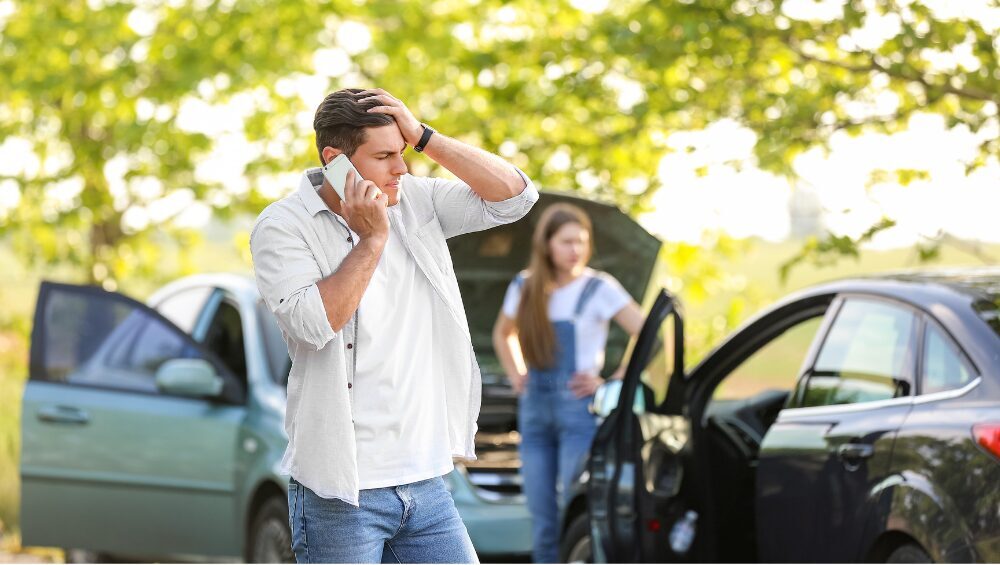
With the weather becoming more summer-like and as Washington begins Phase 1 of a gradual reopening, more and more people are getting outside to partake in outdoor recreation after almost two months of being cooped up inside. This comes as Governor Inslee opened up over a hundred state parks for day use as well as fishing, golfing, and hunting on May 5, 2020. As Washingtonians start to flock outdoors again, the danger of bicycle and pedestrian accidents poses a very relevant problem again, as opposed to the dramatic decrease of activity that we all experienced throughout March and April’s stay-at-home order.
According to the City of Seattle Bicycle and Pedestrian Safety Analysis: Phase 1, 2016, while accidents involving these two groups combined only total 6.3% of all crashes, they encompass a large portion of serious and fatal crashes, reaching almost 50% in both categories. Unfortunately, 2020’s Phase 2 of the Safety Analysis does not present more comforting facts than Phase 1’s initiatives.
Seattle’s Vision Zero Plan – which aims to completely eliminate traffic fatalities and serious injuries by 2030 – states how these kinds of incidents have steadily increased over the last three years, even as more and more people opt to ride bikes, walk, or use scooters and hover boards to get to their destination. While this decreased decision to drive should in theory increase the overall community’s familiarity to sharing the road with more vulnerable counterparts, it has not.
Seattle has continued to analyze the facts and causes behind these incidents over the last decade in hopes of reducing these numbers dramatically to limit unnecessary deaths and serious injuries. They have discovered new insights such as how an overwhelming amount of bicycle and pedestrian crashes happen at intersections and on arterial streets, and how the majority of incidents occur in areas where the volume of bikers or walkers are low.
Using the information provided from this analysis, here are some key tips to stay safe and lower the risk of being a victim or perpetrator when traveling:
Pedestrians and Bicyclists
- Use the safety-in-numbers rule and try to walk or ride with others when possible
- Only use crosswalks when designated to cross by the light
- Yield before crossing, as there are drivers who tend to run red lights
- If possible, avoid crossing intersections with more than 4 legs as these can already be overwhelming or confusing for drivers to navigate without having to look for pedestrians or bikers as well
- Use extra caution in urban areas, which tend to have more traffic
- Attempt to make eye contact with drivers to ensure they see you
Drivers
- Remember to use mirrors to look behind you before making turns, and further, slow down before turning as well
- Avoid speeding up at yellow lights and running red lights, as pedestrians may already be crossing the road
- Slow down at intersections, especially ones with multiple legs
- Lastly, simply pay attention to your surroundings and share the road
For more details from the report and to see what Seattle Department of Transportation is doing to combat these incidents, refer to Phase 1 and Phase 2 of the Safety Analysis and SDOT’s Bike Program below:
Phase 1, 2016
https://www.seattle.gov/Documents/Departments/beSuperSafe/BicyclePedestrianSafetyAnalysis.pdf
Phase 2, 2020
SDOT Bike Program
http://www.seattle.gov/transportation/projects-and-programs/programs/bike-program
Remember that while accidents like these are preventable, they still happen quite frequently, which is why it is crucial to know what to do if you are involved in an accident. If you are hurt or know someone involved in an accident, be sure to seek medical help to get evaluated for possible injuries and call a qualified personal injury lawyer. Our skilled attorneys stand ready and willing to help you if you need us.


